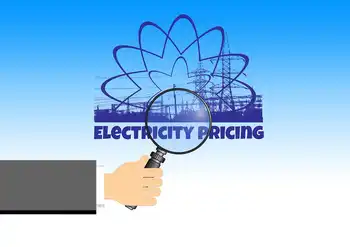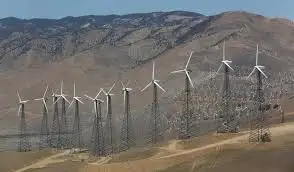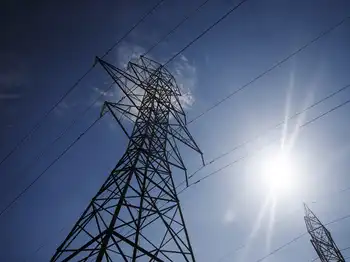Subsidies Needed for Renewable Sources, Study Says
- Dec. 22--Projects to use wind and solar power as alternative sources for generating electricity are not commercially viable unless the state offers a huge subsidy, according to a study conducted by the Energy for Environment Foundation.
The study was initiated by the Energy Policy and Planning Office (EPPO) to promote the commercial use of renewable energy for electricity production.
The government has outlined its national energy strategy to increase the use of renewable energy to 8 percent of total commercial energy consumption over the next 10 years from 0.5 percent at present.
It has also mandated that newly built power plants produce 3-5 percent of their electricity production from renewable energy sources.
Suwaporn Sirikoon, a senior analyst at the foundation, discussed some of the findings of the report at a recent seminar on guidelines to promote the use of wind and solar power to generate electricity.
She said the report found that the government initially would have to set a subsidy of at least 3.10 baht a unit (kilowatt-hour) for electricity produced from wind power and 17.23 baht from solar power over the next 20 years, the time it would take for each project to break even.
The cost of energy produced from wind and solar power is so expensive that a high investment budget would be required for each project.
According to the study, cost of electricity production from wind power would be 5.20 baht a unit and from solar power would be 9.06 baht a unit, compared with 1.35 baht a unit produced from natural gas over a 20-year period.
To gain confidence from financial institutions in supporting renewable energy electricity projects, a clear-cut policy on state subsidies and tax incentives would have to be set, Ms Suwaporn said.
Chaiwat Mancharoen, a technical officer with the foundation, said Thailand had less potential to produce energy from wind and solar power than other countries.
Specifically, wind power is more suited for power production in coastal and high mountainous areas.
In addition to state subsidies for electricity purchases and tax measures to support the undertaking, Surachet Thamrongrak, director of the foundation's biomass-based energy promotion centre, said the government should introduce measures to support technological development such as financing support for research and development, parts and equipment demonstrations and technology exchanges.
Related News

Almost 500-mile-long lightning bolt crossed three US states
NEW YORK - An almost 500-mile long bolt of lightning that lit up the sky across three US states has set a new world record for longest flash, scientists have confirmed.
The lightning bolt, extended a total of 477.2 miles (768 km) and spread across Mississippi, Louisiana, and Texas.
The previous record was 440.6 miles (709 km) and recorded in Brazil in 2018.
Lightning rarely extends over 10 miles and usually lasts under a second.
Another lightning flash recorded in 2020 - in Uruguay and Argentina - has also set a new record for duration at 17.1 seconds. The previous record was 16.7 seconds.
"These…




